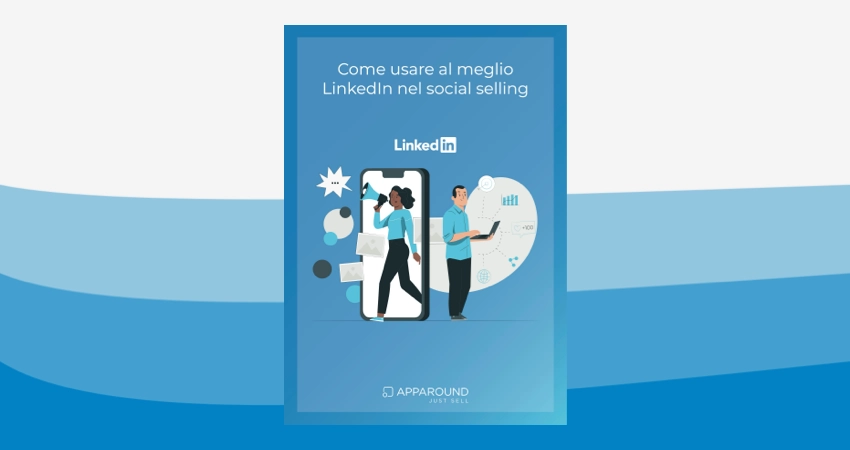We have all found ourselves in the situation where someone is trying to sell us something, and we know how annoying their insistence can be if we do not want to purchase their product. We might feel “manipulated” or deceived by salespeople into buying something with dubious functionality and a lack of perceived value.
It is our very human nature that makes us unappreciative of this type of approach, even if the seller himself has the solution that could solve our problem. The key concept of selling is nothing more than a simple and powerful truth, but is capable of revolutionizing the way the the whole sales process is conceived: sell as if you were selling to yourself.
As sales managers we should regularly teach and remind our team of this key concept, allowing them to understand how it fits within each sales funnel.
Based on this concept, David Premier, one of the leading sales experts in the world, wrote a book, “Sell as You Buy” (2020, 245 pag, Roi Edizioni), with the aim of fully explaining this theme, defining strategies using an empathic approach, supported by scientific explanations.
According to the author, it is very effective to stimulate consumer purchase through the deeper identification of needs and requirements, and then guide them towards the best solution, through informative and constructive language.
Often, as buyers, we are not aware of the paths and mechanisms through which we make purchasing decisions: we are not always sure of what we want or need.
In this book, Premier explains how to understand the customer, identify their needs and direct them towards the best solution, all while avoiding the behaviors that make us appear unpleasant in the eyes of consumers.
The secret, according to the author, is to try to use our own emotions and perceptions within commercial initiatives.
Specifically, Premier focuses on the description of the product, on the form of communication and, above all, on the issue of managing objections, identifying 10 types of responses, summarized below.
-
Resolve with empathy through the use of three concepts, identified in three words:
-
Feeling, or understanding the customer’s feelings
-
Felt, that is, sharing the perspective of customers who have found themselves in the same position.
-
Found, that is, explain how those objections were overcome.
-
-
Underline how the context around the product / service you want to sell is changing and how it is changing and, at the same time, continue to flatter the customer’s perspective.
-
Manage objections by explaining the reasons from a subjective point of view and using their “why”.
-
Show the client what the future would be like, without leaving space to give rise to his objections.
-
Stop the actual sale and consider other options, including not acting.
-
Deconstruct the fears underlying the objection using logic and reason.
-
Challenge the buyer by turning his objection into the reason why he should buy.
-
Reinforce the strength of your position by throwing the ball back into the client’s court.
-
Raise the objection proactively by addressing it quickly, with examples.
-
Make sure that objections arise when there is an opportunity to refute and thus convince.
“Sell as you buy” conveys more than putting yourself in the customer’s shoes. It’s about learning how to ask questions, how to listen, how to tell a compelling brand story, and how to speak to customers in a human way where there is truly a connection. In short: sell as you buy.
Takeaways
-
-
We feel “manipulated” and deceived by individuals with the aim of selling a product or service with dubious functionality and a lack of perceived value.
-
The key concept of selling is to sell as if you were selling to yourself, so sell as if you were the buyer.
-
According to David Premier, it is effective to stimulate consumer purchase by identifying needs, and then guiding them towards the best solution, providing additional information where necessary.
-
In his book, Premier invites us to use our emotions and experiences to instill feelings within commercial initiatives.
-




